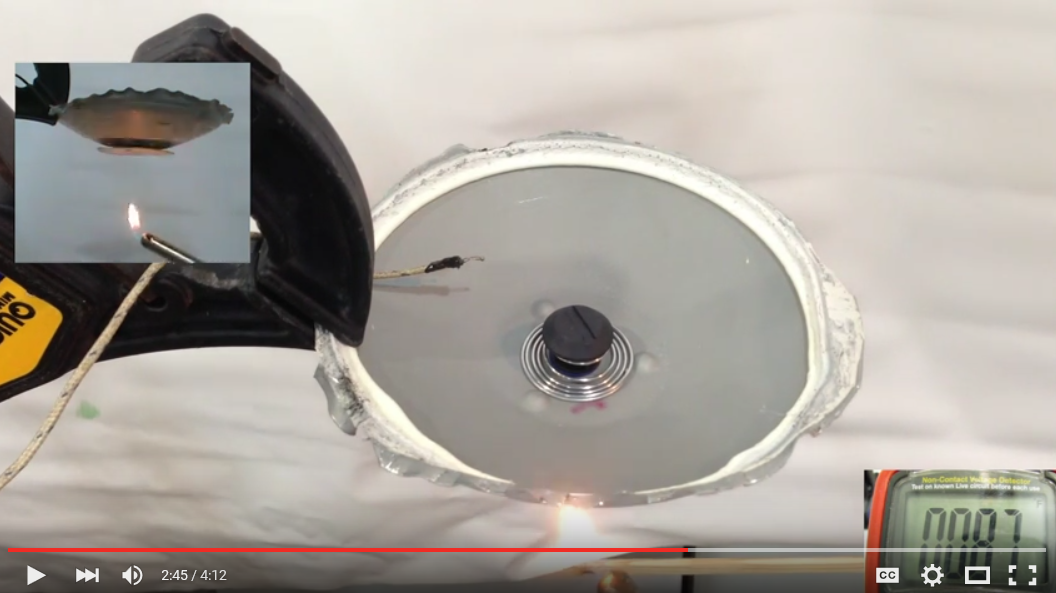The push for ‘greener’ buildings, both at home and at the workplace, no doubt helps the environment, but that benefit brings new dangers when it comes to fire emergencies.
Many building professionals, from contractors to architects to testing laboratories, are now using green technology and the standards put forth by LEED. LEED stands for Leadership in Energy and Environmental Design. This organization works to set forth principles for environmentally friendly building processes.
However, The Fire Protection Research Foundation has reported that several green building practices may actually present new fire and safety hazards and challenges.
Some green features increase shock hazards, some burn more quickly after being ignited and some may affect containment of a fire once it begins. Examples of possibly dangerous components include solar power systems which can cause fire and home insulation with foil sheeting (can create both a fire and electrical hazard if incorrectly installed).
 With this threat of increased fire and electrical hazards, it is more important than ever to make sure your fire system is up to date and functioning properly.
With this threat of increased fire and electrical hazards, it is more important than ever to make sure your fire system is up to date and functioning properly.
Even in green buildings, injury from workplace and home fires are largely preventable, which is why it is so tragic when lives are lost due to these disasters. If your workplace and home are equipped with a quality fire system that includes smoke detectors and heat detectors, your chances of being injured or killed due to a fire emergency are greatly lessened.
Click here to find out more about green building hazards, and to identify any areas in your home or business that may fall under the categories of possible threat.
Best Security Products specializes in Honeywell fire protection. Your business is unique and so is your fire security needs. We will work with you to find a customized solution to protect your business and bring you peace of mind. Give us a call or email us at 1-800–988–2378 sales@bestsecurityproducts.com.